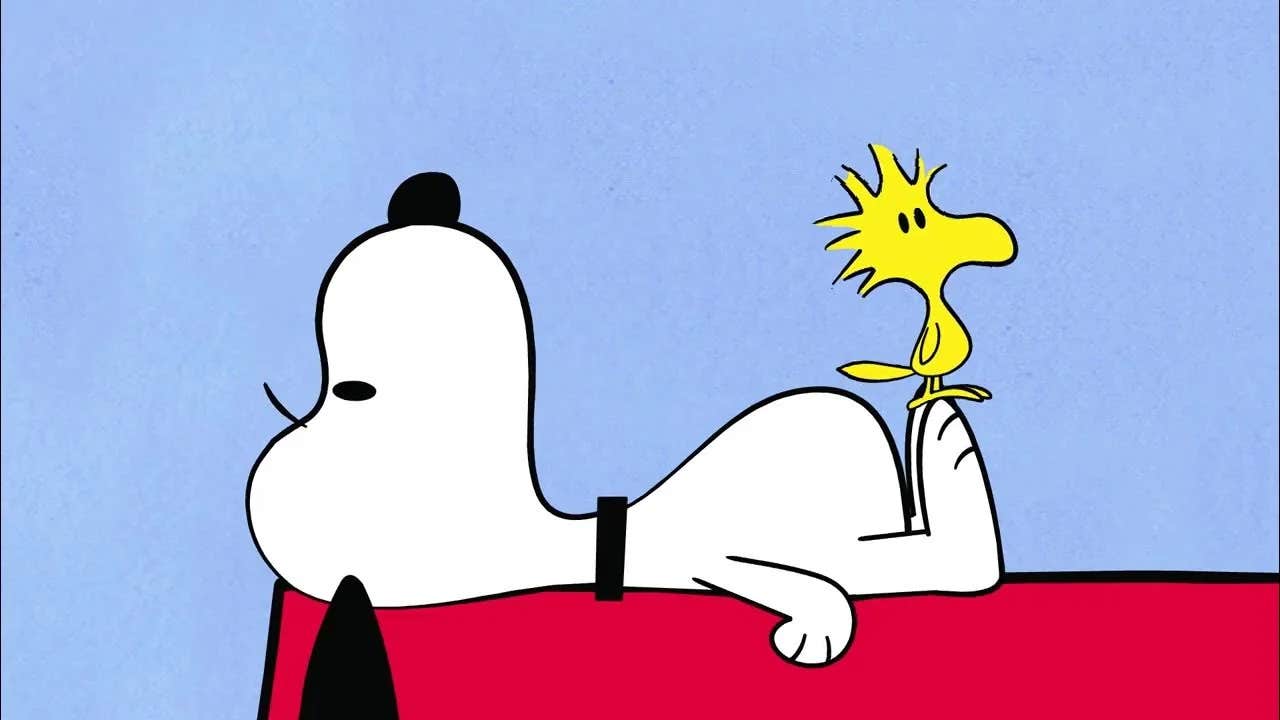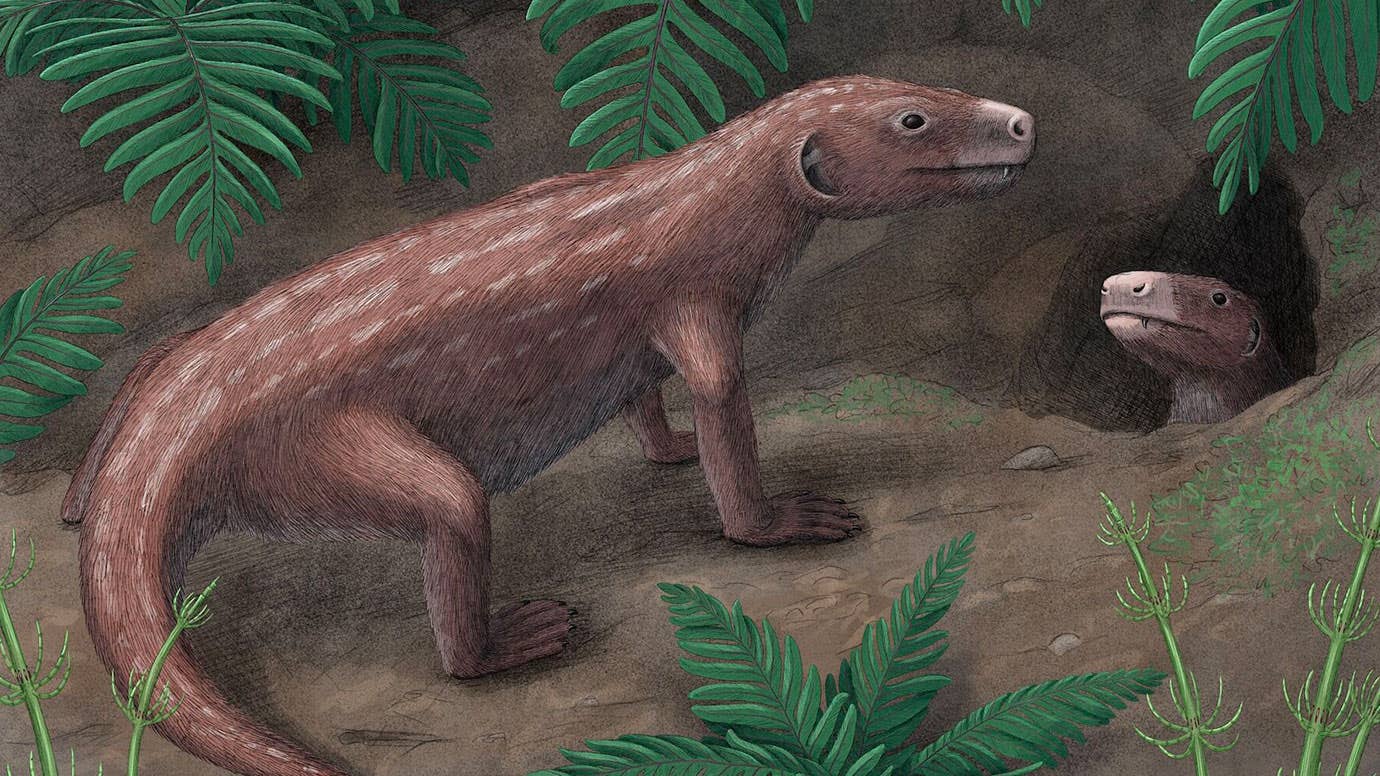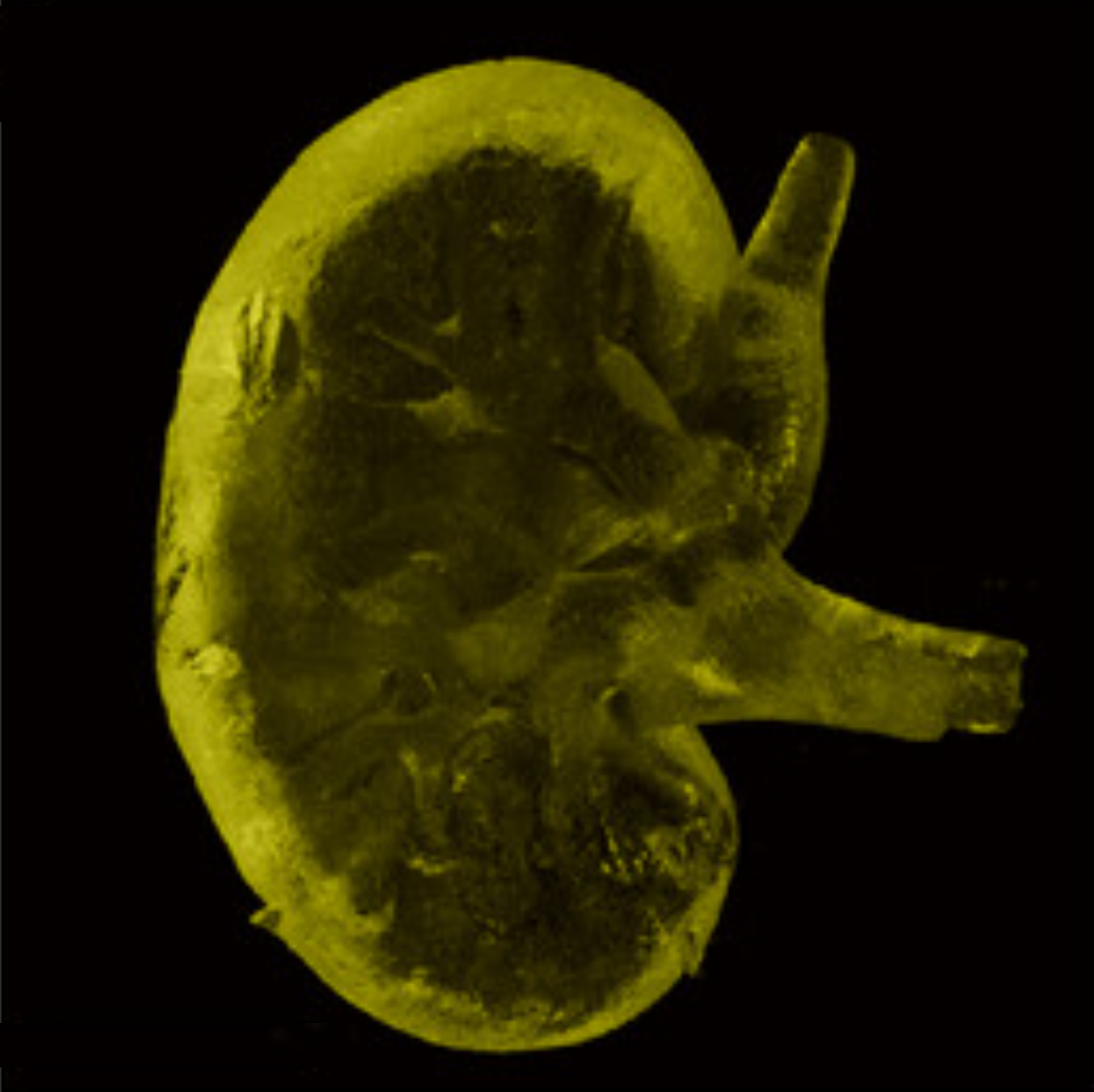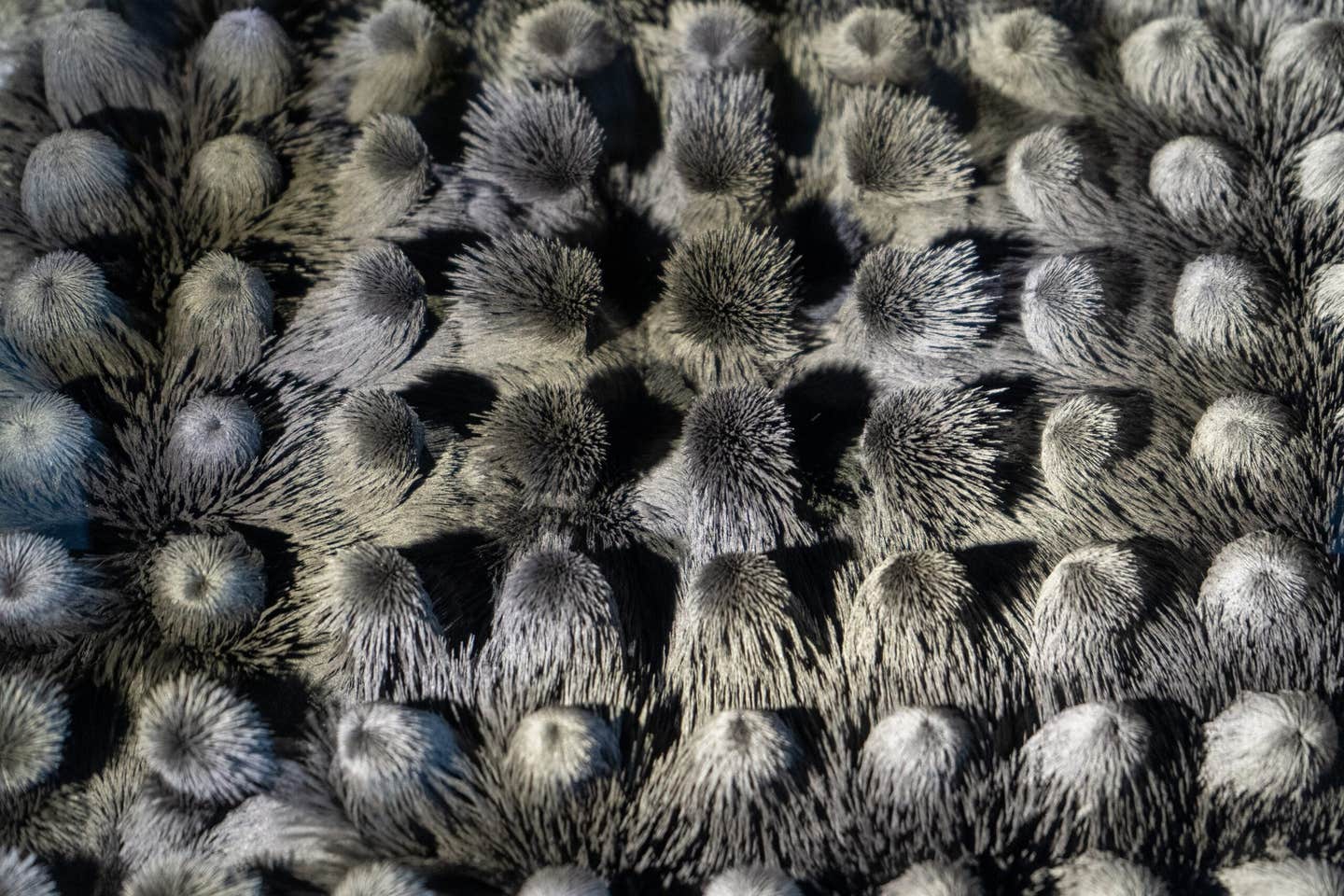Professor reveals the hidden meaning behind the Woodstock character in ‘Peanuts’
Created by the late cartoonist Charles Schulz, “Peanuts” was a far cry from the counterculture ethos popular during the 1960s and ’70s

Snoopy and Woodstock. (CREDIT: 2003 Peanuts Worldwide LLC. Dist. By ANDREWS MCMEEL SYNDICATION. Reprinted with permission. All rights reserved.)
Titled "Blockheads, Beagles, and Sweet Babboos: New Perspectives on Charles M. Schulz’s Peanuts," Michelle Ann Abate's book delves deep into the characters of the world-renowned comic strip "Peanuts."
As a professor of literature for children and young adults at The Ohio State University's College of Education and Human Ecology, Abate offers a unique perspective on the strip's characters, particularly focusing on the unassuming little yellow bird named Woodstock.
Created by the late cartoonist Charles Schulz, "Peanuts" was a far cry from the counterculture ethos popular during the 1960s and '70s. Despite this, the comic strip houses a character named after the generation's emblematic music festival: Woodstock. This seemingly out-of-place character not only carries the name of the famous festival but, according to Abate, represents the positive essence of the young people of that era.
Throughout her critical analysis of the comic strip's episodes featuring Woodstock, Abate notes that Schulz's portrayal of the yellow bird doesn't align with the prevalent critical viewpoint towards the Woodstock generation. “Charles Schulz saw the young people of the time in a different light than many other people of his generation,” she said.
Related Stories
Despite the character's debut in the 1960s, Woodstock was not formally named until a strip published on June 22, 1970. Schulz acknowledged the character was named after the music festival but remained enigmatic about the rationale behind his choice.
Abate, however, believes that Schulz intended for the small avian character to symbolize the youth of his time. She highlighted that Snoopy, the comic strip's leading beagle, refers to Woodstock as a "bird hippie" in several episodes. She went on to remark that Schulz's depiction of this "bird hippie" provides further evidence of his affirmative representation of the younger generation.
“In ‘Peanuts,’ Woodstock is arguably the kindest, sweetest, and most unassuming of all the characters," she noted in her book. This portrayal starkly contrasts the prevalent negative perception of young people who were associated with the Woodstock music festival. According to Abate, Schulz portrayed Woodstock as "innocently childlike, not immaturely childish."
Another compelling argument to support Woodstock's representation of youth culture is the character's unique mode of communication. Woodstock's speech appears as chicken scratch, a language only comprehensible to Snoopy.
The older generation frequently complains about not understanding the younger generation's language, metaphorically speaking. Yet, in "Peanuts," this generational divide is presented quite literally with Woodstock's speech.
It's noteworthy that Snoopy, who often blurs the boundaries between animals and humans, and between generations and perspectives, is the only character who understands Woodstock's language.
The bond between Snoopy and Woodstock goes back to before the little bird was even named. In 1964, Schulz published a sequence of strips where Woodstock and his avian friends staged demonstrations with ambiguous signs featuring punctuation marks or symbols.
The protests' purpose remains a mystery, yet at the end of two weeks, Snoopy proclaimed his support for the "underbird." Abate suggests that this storyline again points to Schulz's empathy towards the marginalized and struggling, including the youth of the time.
When Schulz first launched "Peanuts" in 1950, the comic strip focused on the tribulations of young people growing up in that era, a stark contrast to the challenges of those growing up in the '60s and '70s. Charlie Brown and his peers from the initial era could be labeled the "dour children," while those from the Woodstock generation were often referred to as "flower children."
“Initially, it was radical to suggest that young people weren’t all cute and innocent. And then by the '70s, it became radical to say they were," Abate commented, underscoring the transformation in societal perceptions and how Schulz's comic strip continuously challenged the prevailing beliefs about youth culture.
"Woodstock, though physically small, had a big thematic impact. He changed one of the core messages in ‘Peanuts'," Abate wrote. Yet, her book doesn't limit its analysis to Woodstock. She offers fresh insights into other major and minor characters, including Charlie Brown, Snoopy, and Lucy.
Although the last original "Peanuts" strip was published in 2000, the impact of Schulz's work has endured. "Peanuts"-related shows continue to be broadcasted on television, and merchandise featuring the characters is still in high demand.
“‘Peanuts’ has really kept a foothold in popular culture, even 20 years or so after Schulz’s death,” Abate observed. “And more than that, it still is relevant. It is hard to imagine there is a cartoonist working today who has not been influenced in some way by Schulz and his work."
The legacy of "Peanuts" and its characters, from Charlie Brown to Snoopy to Woodstock, continues to echo through the corridors of popular culture, providing insight and provoking thought, just as Schulz intended.
Note: Materials provided above by The Brighter Side of News. Content may be edited for style and length.
Like these kind of feel good stories? Get The Brighter Side of News' newsletter.



